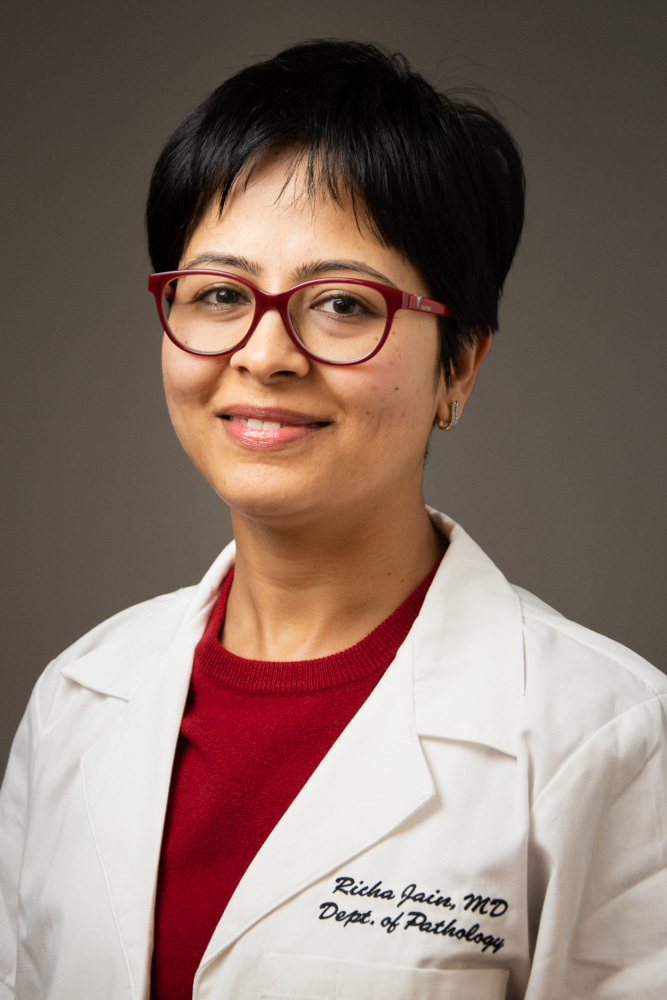
Resident Curriculum Unit 4: Liver Transplantation
-
Register
- Non-member - Free!
- Member - Free!
Unit Objectives
I. Outline the basic principles of liver transplantation, donor and recipient selection and donor allocation.
II. Describe the types of immunosuppressive therapy utilized in liver transplantation.
III. List the different disease processes which may require liver transplantation; understand the management of complications of liver disease including end stage liver disease and the care of patients with fulminant hepatic failure.
IV. Describe the workup needed to diagnose liver transplant rejection.
V. Describe the operative steps necessary involved in performing liver allograft recovery from deceased donors and deceased donor liver transplant.
VI. Diagnose and implement treatment approaches for both short and long term medical and surgical complications following liver transplantation
Advanced Search This List
-
-
Contains 5 Component(s), Includes Credits
David A. Axelrod, MD, MBA
Author: David A. Axelrod, MD
1. Describe minimally invasive treatment options and indications for transarterial chemoembolization (TACE), radiofrequency ablation (RFA), trans arterial radioembolization (TARE), and stereotactic radiation.
2. Describe patients who may be candidates for resection of HCC based on anatomy and underlying liver reserve
3. Describe the Milan and UCSF criteria used for transplant candidacy and the role of downstaging
4. Describe the MELD exception process for transplant candidates with HCC
5. Discuss adjuvant therapies for HCC
6. Understand the BCLC treatment algorithm
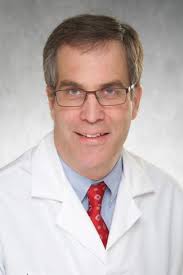
-
Contains 5 Component(s), Includes Credits
David A. Axelrod, MD, MBA and Abhinav Seth, MBBS
Author: David A. Axelrod, MD and Abhinav Seth, MBBS
- Understand the evolving epidemiology of HCC in the US
- Understand which populations should be screened for HCC and which studies should be used
- Understand diagnostic criteria for HCC
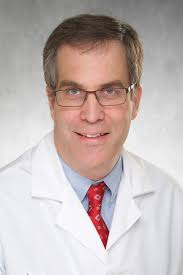
-
Contains 5 Component(s), Includes Credits
Jonathan Fryer, MD
Author: Jonathan Fryer, MD
Learning Objectives:
1. Define and review the potential causes of Budd-Chiari Syndrome
2. Understand the diagnostic pathway for Budd-Chiari Syndrome
3. Discuss the management of Budd-Chiari Syndrome
-
-
Contains 5 Component(s), Includes Credits
Cary Caldwell, MD
Learning Objectives:
1. Describe the incidence, mechanisms and manifestations of Alcoholic Liver Disease
2. Describe the selection process for ESLD patients with ALD
3. Describe the stratagems of Transplant Centers in dealing with ALD patients
4. Describe the results of OLT in ALD patients
Author: Cary Caldwell, MD
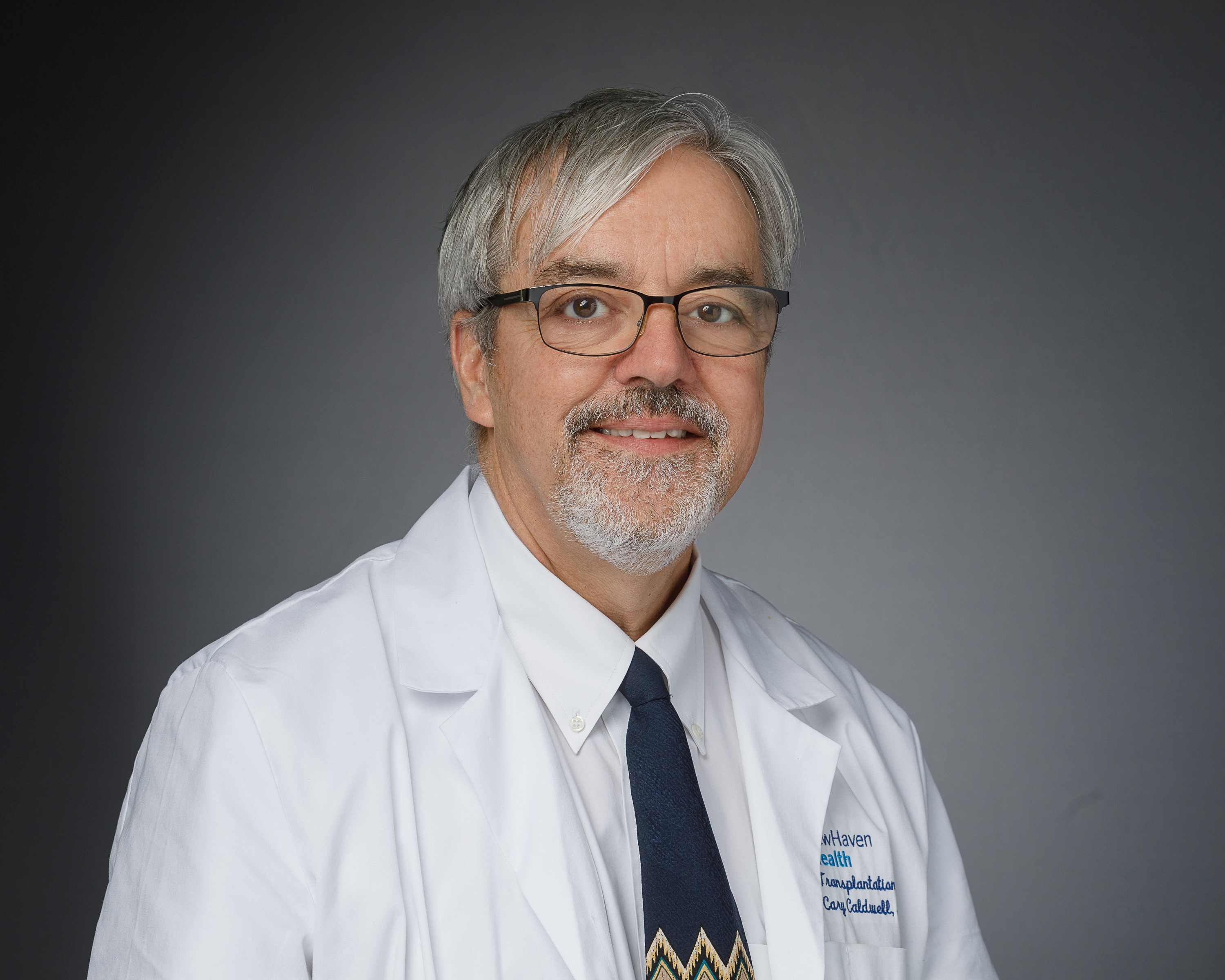
-
Contains 5 Component(s), Includes Credits
Sunil K. Geevarghese, MD, MSCI, FACS
Author: Sunil K. Geevarghese, MD, MSCI, FACS
1. Enhance recognition of aberrant hepatic arteries during procurement and understanding of various arterial reconstruction options
2. Review the pitfalls of procuring arterial and venous conduit
3. Describe the differences in the recipient hepatectomy for bicaval and piggyback orthotopic liver transplants
4. Understand indications for and steps of placing a patient on venovenous bypass
5. Manage intraoperative challenges with reperfusion including hemorrhage
6. Recognize the difficult hepatic artery anastomosis and means to handle it
7. Navigate donor-recipient bile duct size mismatch
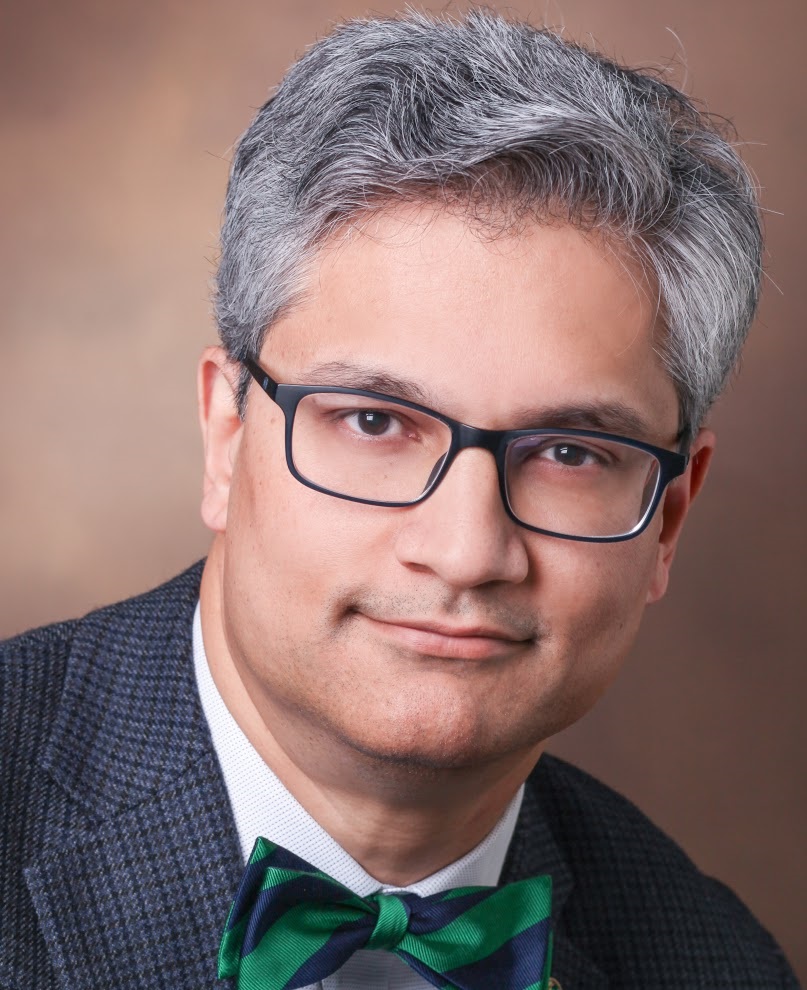
-
Contains 5 Component(s), Includes Credits
David A. Axelrod, MD, MBA
Author: David A. Axelrod, MD
1. Describe minimally invasive treatment options and indications for transarterial chemoembolization (TACE), radiofrequency ablation (RFA), trans arterial radioembolization (TARE), and stereotactic radiation.
2. Describe patients who may be candidates for resection of HCC based on anatomy and underlying liver reserve
3. Describe the Milan and UCSF criteria used for transplant candidacy and the role of downstaging
4. Describe the MELD exception process for transplant candidates with HCC
5. Discuss adjuvant therapies for HCC
6. Understand the BCLC treatment algorithm
-
Contains 5 Component(s), Includes Credits
David A. Axelrod, MD, MBA and Abhinav Seth, MBBS
Author: David A. Axelrod, MD and Abhinav Seth, MBBS
- Understand the evolving epidemiology of HCC in the US
- Understand which populations should be screened for HCC and which studies should be used
- Understand diagnostic criteria for HCC

-
Contains 5 Component(s), Includes Credits
Jonathan Fryer, MD
Author: Jonathan Fryer, MD
Learning Objectives:
1. Define and review the potential causes of Budd-Chiari Syndrome
2. Understand the diagnostic pathway for Budd-Chiari Syndrome
3. Discuss the management of Budd-Chiari Syndrome -
Contains 5 Component(s), Includes Credits
Cary Caldwell, MD
Learning Objectives:
1. Describe the incidence, mechanisms and manifestations of Alcoholic Liver Disease
2. Describe the selection process for ESLD patients with ALD
3. Describe the stratagems of Transplant Centers in dealing with ALD patients
4. Describe the results of OLT in ALD patientsAuthor: Cary Caldwell, MD

-
Contains 5 Component(s), Includes Credits
Sunil K. Geevarghese, MD, MSCI, FACS
Author: Sunil K. Geevarghese, MD, MSCI, FACS
1. Enhance recognition of aberrant hepatic arteries during procurement and understanding of various arterial reconstruction options
2. Review the pitfalls of procuring arterial and venous conduit
3. Describe the differences in the recipient hepatectomy for bicaval and piggyback orthotopic liver transplants
4. Understand indications for and steps of placing a patient on venovenous bypass
5. Manage intraoperative challenges with reperfusion including hemorrhage
6. Recognize the difficult hepatic artery anastomosis and means to handle it
7. Navigate donor-recipient bile duct size mismatch

